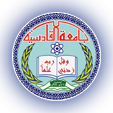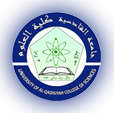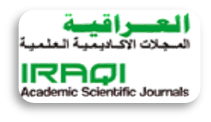Document Type
Article
Abstract
The main objective of this study is to evaluate the most important geomorphological changes of the Shatt al-Arab estuary as it is a border area and affect the Iraqi coast, through the analysis of morphological changes using the application of remote sensing techniques and GIS. As well as the use both a series of maps Admiral old and recent to monitor the temporal - spatial changes that took place in the mouth of the Shatt al-Arab (Delta Shatt al-Arab), also identify the factors affecting the Iraqi coast and regional maritime borders, whether natural or human, according to the changes resulting from the lack of river discharges, which seems Clearly in the Shatt al-Arab Canal . when the discharge in the eighties of the last century more than 700 m3/S . These expenditures have been declining and decreasing significantly in recent years to reach less than 15 m3/S in the last two decades, due to the construction of several large irrigation projects and dams by riparian countries (Turkey, Iran and Syria),which led to a clear change in the movement and distribution sediments and the deviation of the entrance of the Shatt al-Arab with an area of more than 4.667 square kilometers towards Iraqi territory until 2013 at a rate of 116 m2 and thus the loss of large parts of Iraq coasts.
Keywords
geomorphological, Shatt al-Arab Delta, coasts, GIS
Recommended Citation
Khalifa, Usama Q.; Hussein, Meelad A.; and Al-Kaaby, Layal F.
(2020)
"Using GIS and Remote Sensing Satellite Data to mapping and monitoring Shatt Al-Arab Estuary and nearby coastline Southern Iraq,"
Al-Qadisiyah Journal of Pure Science: Vol. 25
:
No.
3
, Article 16.
Available at:
https://doi.org/10.29350/qjps.2020.25.3.1114
Creative Commons License

This work is licensed under a Creative Commons Attribution-NonCommercial-No Derivative Works 4.0 International License.










